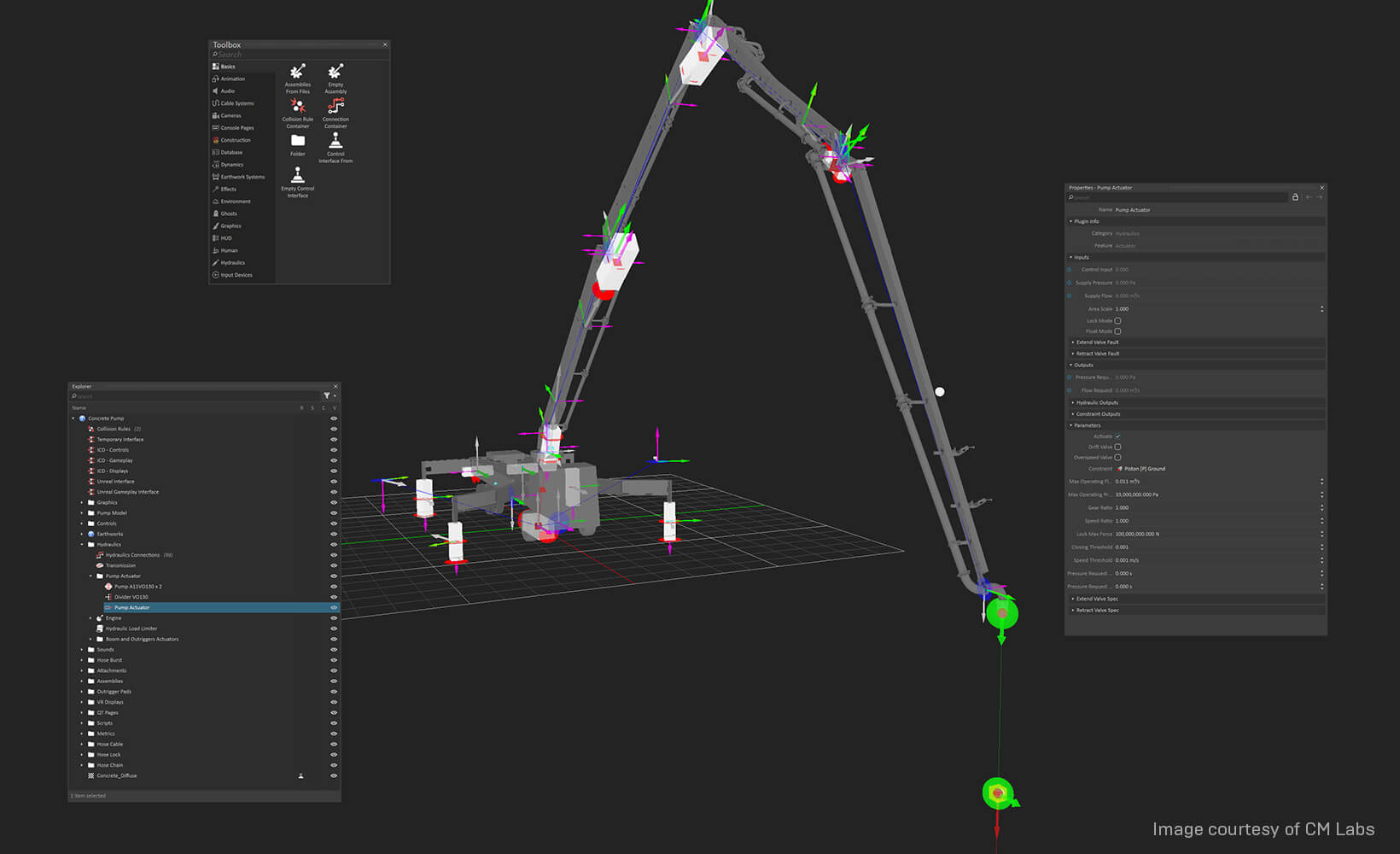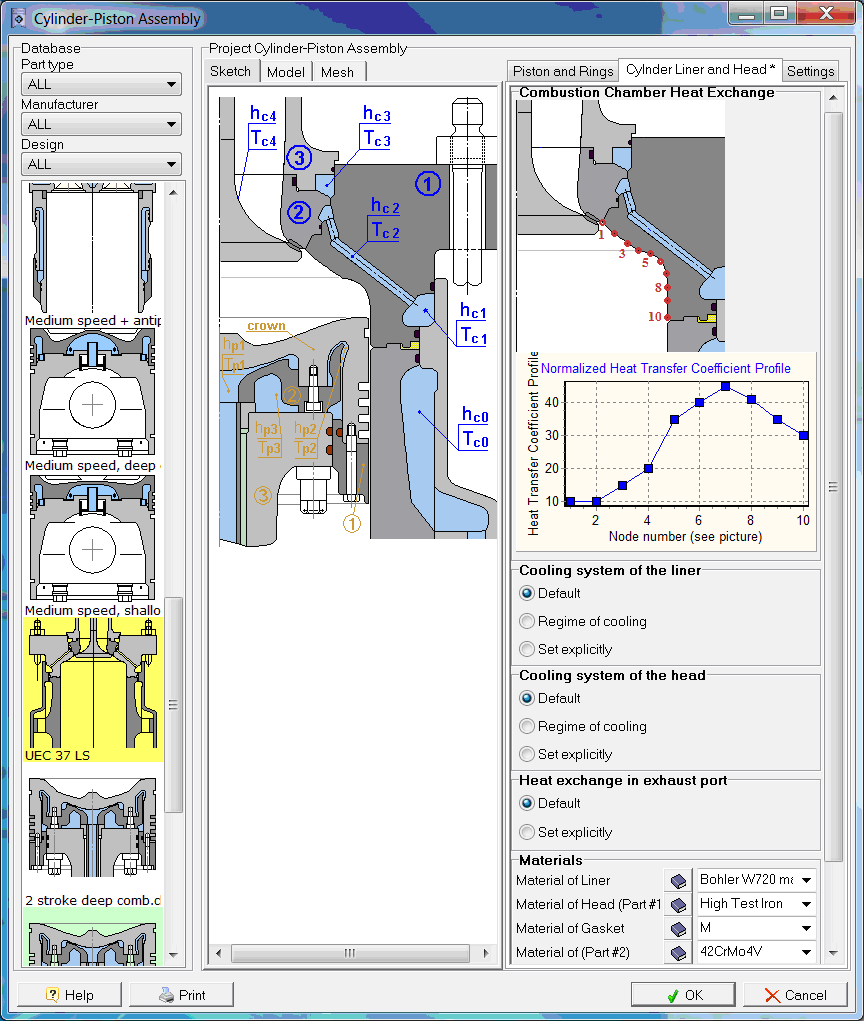
One of the key ativities in this engine development process is 1D engine simulation, which for several decades has been an established method in the development of internal combustion engines, starting from relatively simple methods like filling and emptying calculations to more sophisticated methods to provide more powerful calculations and results. Simcenter Amesim is a commercial simulation software for the modeling and analysis of multi-domain systems. It is part of systems engineering domain and falls into the mechatronic engineering field. The software package is a suite of tools used to model, analyze and predict the performance of mechatronics systems. Models are described using nonlinear time-dependent analytical equations that.
- Engine Simulation Software
- Engine Dyno Simulation Software
- 1d Engine Simulation Software Simulation
- 1d Engine Simulation Software Tutorial
2013-09-081D engine modelling and re-calculation of the baseline engine configuration. ABOUT SIMULATION. Today’s powerful multi-dimensional simulation platforms allow the setup of all kinds of virtual engines to perform analysis work, setting up of complete new power train concepts, and optimisation of existing engines in advance of any cost.
Internal combustion engines development with increased complexity due to CO2 reduction and emissions regulation, while reducing costs and duration of development projects, makes numerical simulation essential. 1D engine simulation software response for the gas exchange process is sufficiently accurate and quick. However, combustion simulation by Wiebe function is poorly predictive.
The objective of this paper is to compare different approaches for 0D Spark Ignition (SI) modeling. Versions of Eddy Burn Up, Fractal and Flame Surface Density (FSD) models have been coded into GT-POWER platform, which connects thermodynamics, gas exchange and combustion sub-models. An initial flame kernel is imposed and then, the flame front propagates spherically in the combustion chamber. Flame surface is tabulated as a function of piston position and flame radius. The modeling of key features of SI combustion such as laminar flame speed and thickness and turbulence was common. This comparison focuses on the impact of turbulence on the flame front and shows the predictive capabilities of each approach.

Those three approaches have been evaluated against experimental data for several steady state operating points of a single-cylinder engine. Cylinder pressure is predicted satisfactorily. Burn rates are well predicted for the period of a freely propagating flame front, that is before flame-wall interaction occurs. The FSD model physically considers the impact of turbulence on the flame for various turbulence scales, unlike the other two models which demand more calibration parameters. It is shown that additional modeling must be incorporated so that the flame-wall interaction is taken into account.

DOI: https://doi.org/10.4271/2013-24-0022

Citation: Demesoukas, S., Caillol, C., Higelin, P., and Boiarciuc, A., 'Zero-Dimensional Spark Ignition Combustion Modeling - A Comparison of Different Approaches,' SAE Technical Paper 2013-24-0022, 2013, https://doi.org/10.4271/2013-24-0022.
Download Citation
Author(s): Sokratis Demesoukas, Christian Caillol, Pascal Higelin, Andrei Boiarciuc

Pages: 13

Event: 11th International Conference on Engines & Vehicles
e-ISSN: 2688-3627
Related Topics:
SAE MOBILUS
Subscribers can view annotate, and download all of SAE's content. Learn More »
We also recommend: TECHNICAL PAPER
Computational Development of a Dual Pre-Chamber Engine Concept for Lean Burn Combustion
2016-01-2242
TECHNICAL PAPER
Engine Simulation Software
Large Eddy Simulation of an Ignition Front in a Heavy Duty Partially Premixed Combustion Engine
2019-24-0010
Engine Dyno Simulation Software
TECHNICAL PAPER
1d Engine Simulation Software Simulation
Unsteady Three-Dimensional Computational Experiments of the Single-Point Auto-Ignition Engine Based on Semispherical Supermulti-Jets Colliding with Pulse for Automobiles
1d Engine Simulation Software Tutorial
2014-01-2641






